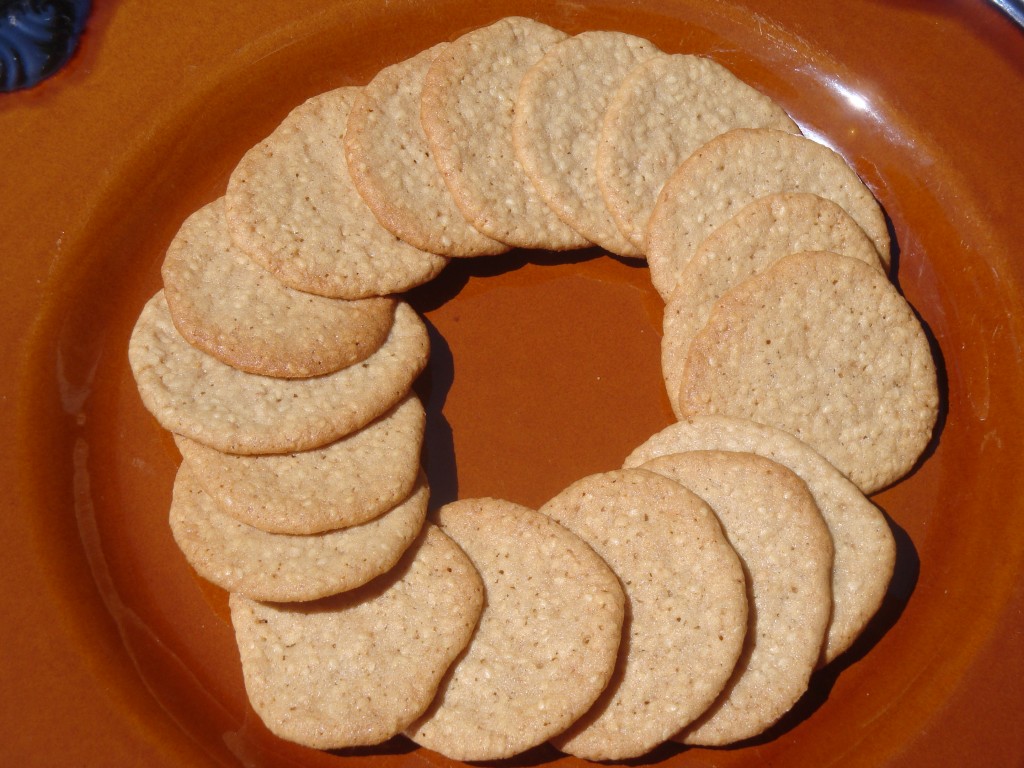Well, we’re still in the South, figuratively speaking. We love it so much it’s hard to leave. The history, the literature, the geography, the food. Oh, the food! Has any other region of the United States produced so much soul-satisfying, nap-inducing food as the South? Pecan pies, biscuits, cornbread, shrimp and grits, hush puppies, fried chicken, the list goes on and on.
It’s hard to choose just one or two things to cook this week, but when I narrow the list down to food that has meaning, or is at least something I’ve always wanted to try, it gets a little easier. The Philadelphia Cheese Steak Sandwiches were the former because they remind me of visits to Tim’s Pennsylvania relatives, while the Maine Whoopie Pies were the latter—something I’ve always wanted to make.
I happily scoured through websites and cookbooks (including the one sent by my Georgia hermana for my birthday one year called Cookin’ Yankees Ain’t Et, Ol’ Plantation and Mountain Recipes) for ideas. And then I saw it: Benne Seed Wafers.
I first heard about benne seeds when I was a tween reading A House Like a Lotus by Madeleine L’Engle. The main character, Polly O’Keefe, lives with her family on Benne Seed Island, off the coast of South Carolina. I didn’t know what a benne seed was, or even how to pronounce it (ben? ben-nay? bennie?), but to my young, untraveled ears it sounded terribly romantic.
Knowing me, I’m sure I tried to find the island on a map. I was always so hopeful that fictional places were real. Maybe I believed that the more real the elements of a story were, the greater the chance that the characters I loved could also be real.
As it turned out, Benne Seed Island isn’t real. Oh, well. At least we have the cookies.
But first we had to work in a little lesson, of course, so I started with this quotation from the Junior League of Charleston’s cookbook, Charleston Receipts: “According to legend among descendants of negro slaves along the coast of Charleston, benne is a good luck plant for those who eat thereof or plant in their gardens. It was originally brought in by the slaves from West Africa to this Coastal region.” Next we spent some time at Gullah Net learning about South Carolina’s Gullah communities, which are made up of descendants of enslaved Africans.
And then we made the cookies. For kids who are used to chocolate chip or peanut butter cookies, benne seed wafers are a departure. Andrew described them as “strangely awesome.” Fresh out of the oven, the wafers are warm and chewy and later, as they cool, they become crisp and crunchy. The rich flavor of the toasted sesame seeds combines beautifully with the caramelized brown sugar. And the hint of lemon featured in this recipe adds a nice zing.
Benne Wafers
from Simply Recipes
Ingredients:
1 cup sesame seeds, toasted
1 cup firmly packed dark brown sugar
4 Tbsp. (1/2 stick) unsalted butter, softened
1 egg, lightly beaten
1/2 cup all-purpose flour
1/4 tsp. salt
1/8 tsp. baking powder
1 tsp. fresh-squeezed lemon juice
1/2 tsp. vanilla extract
Preheat oven to 325 degrees F. Cover cookie sheets in parchment paper, silpat sheets, or lightly grease them. Toast the sesame seeds in a heavy skillet over medium heat or in the oven until they are golden brown.
Beat the brown sugar and butter together for several minutes until fluffy. Beat in the egg. Whisk together the flour, salt, and baking powder, then add these dry ingredients to the butter, sugar, egg mixture and mix well. Stir in the toasted sesame seeds, vanilla, and lemon juice.
Drop by teaspoonful onto prepared cookie sheets, leaving space for the cookies to spread. Bake for approximately 15 minutes, or until the edges are slightly brown. Cool for a minute or two on the cookie sheets, then transfer to a rack to continue cooling.
Makes 2-4 dozen, depending on the size of your spoonfuls.

Leave a Reply